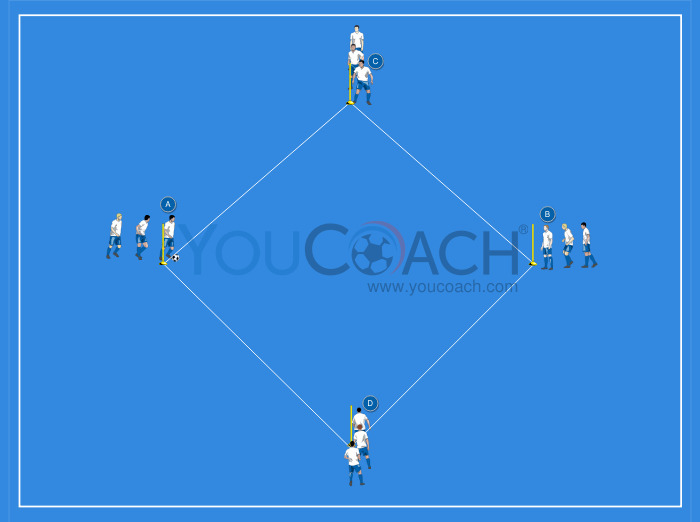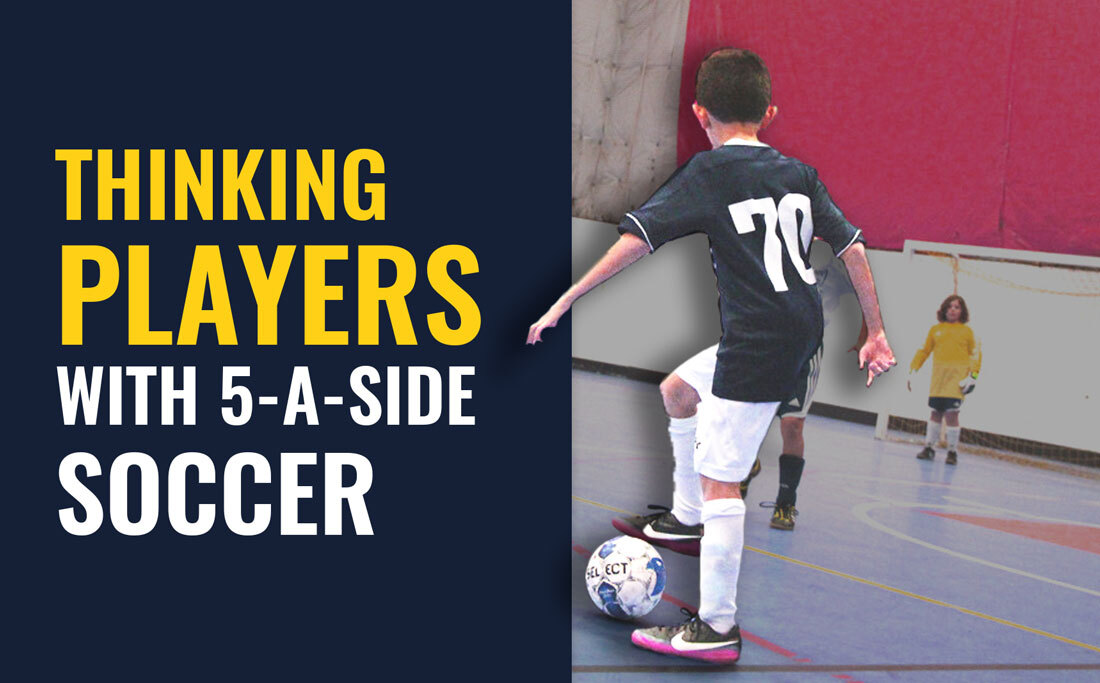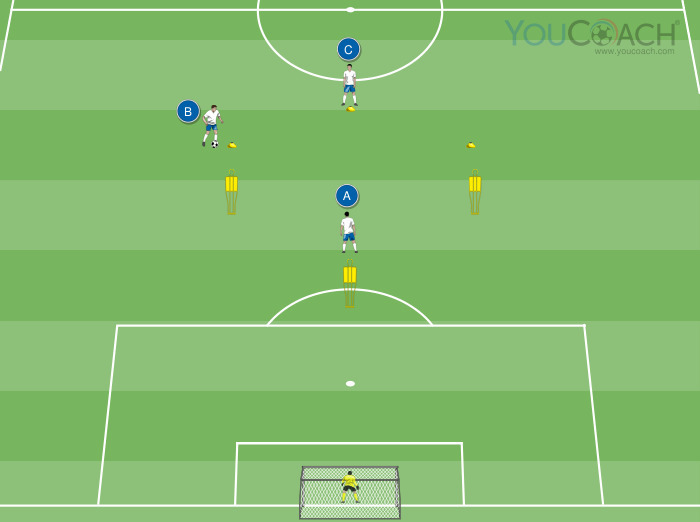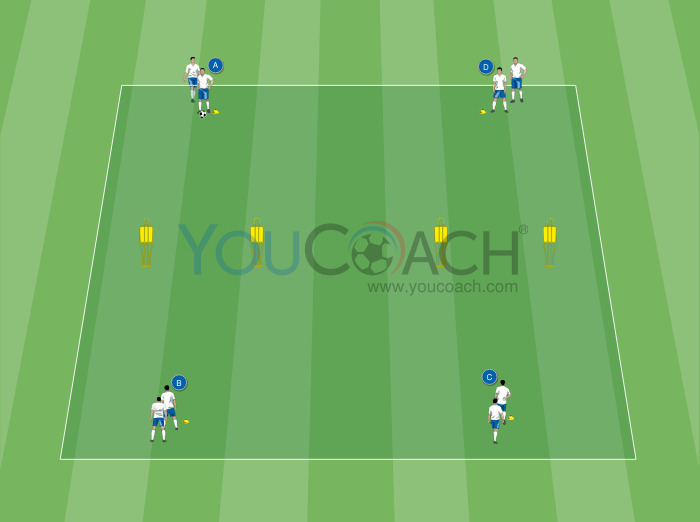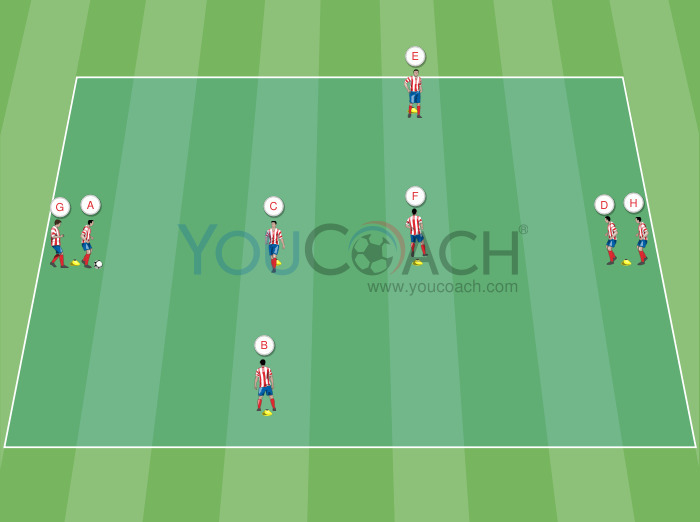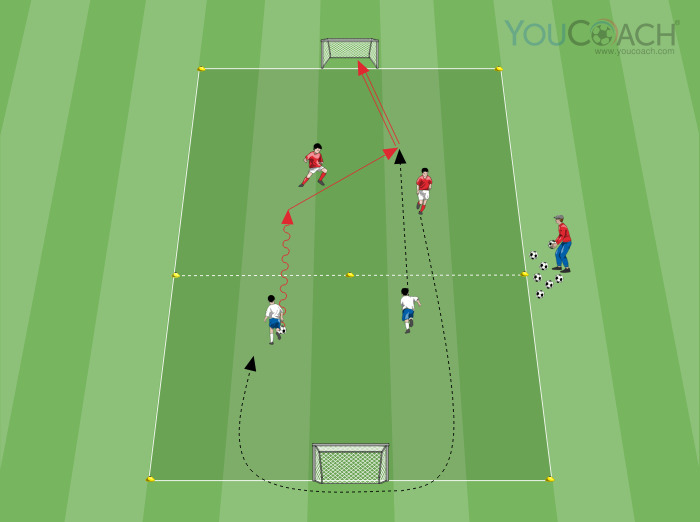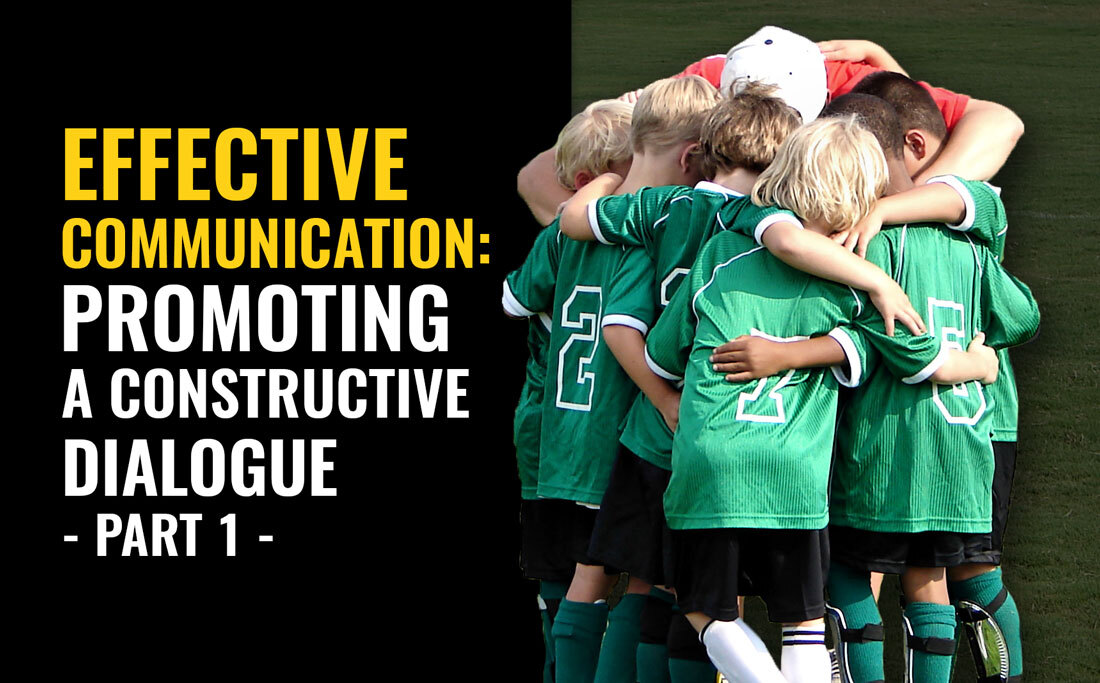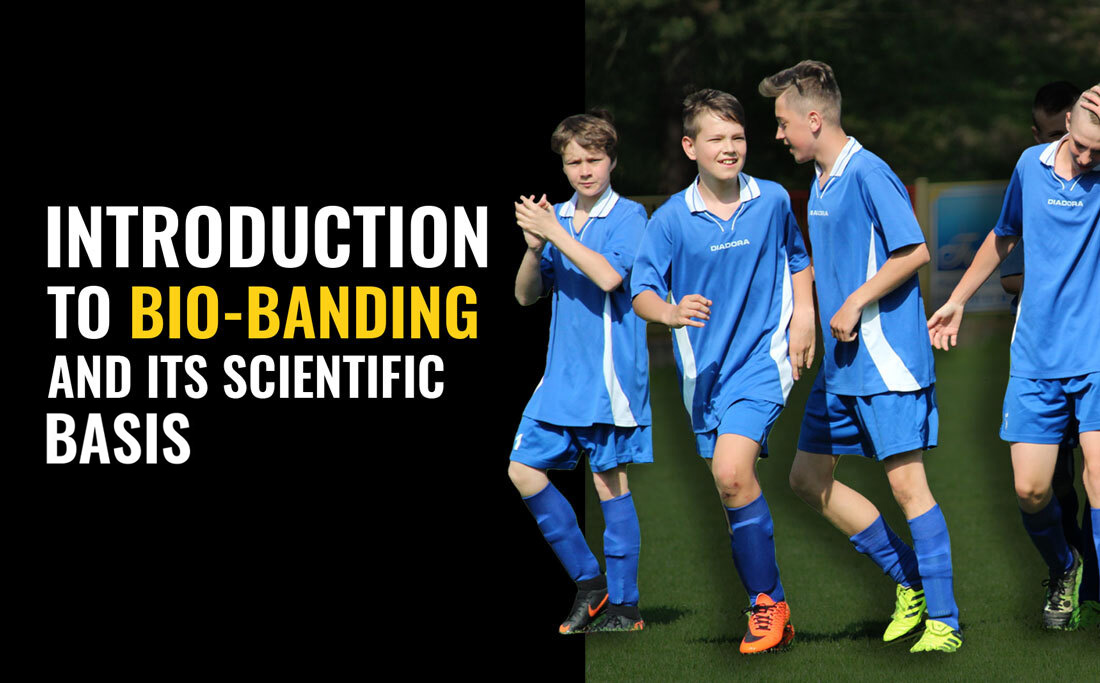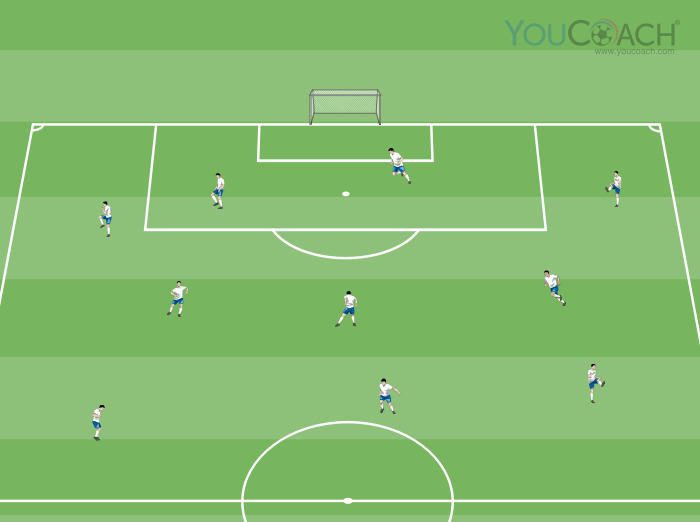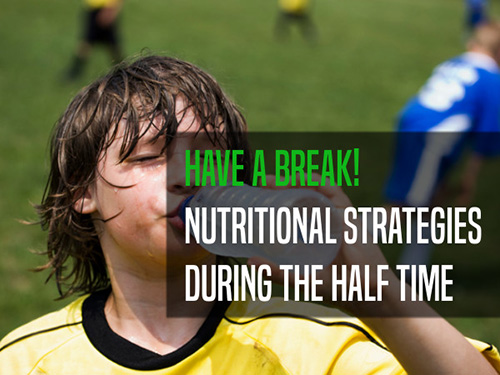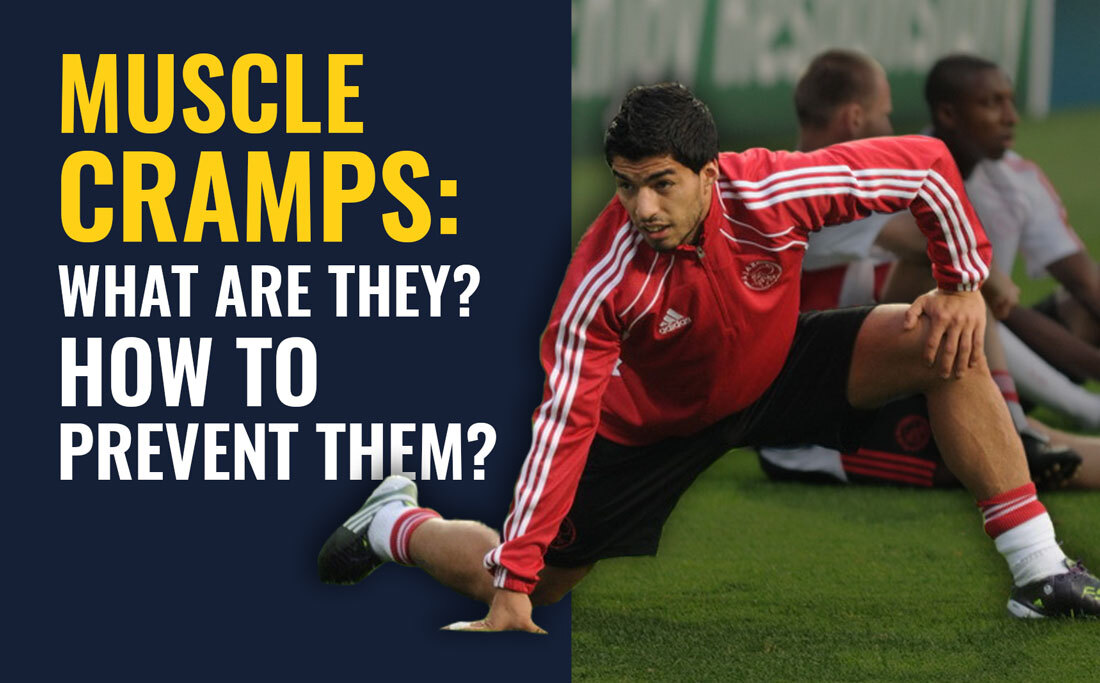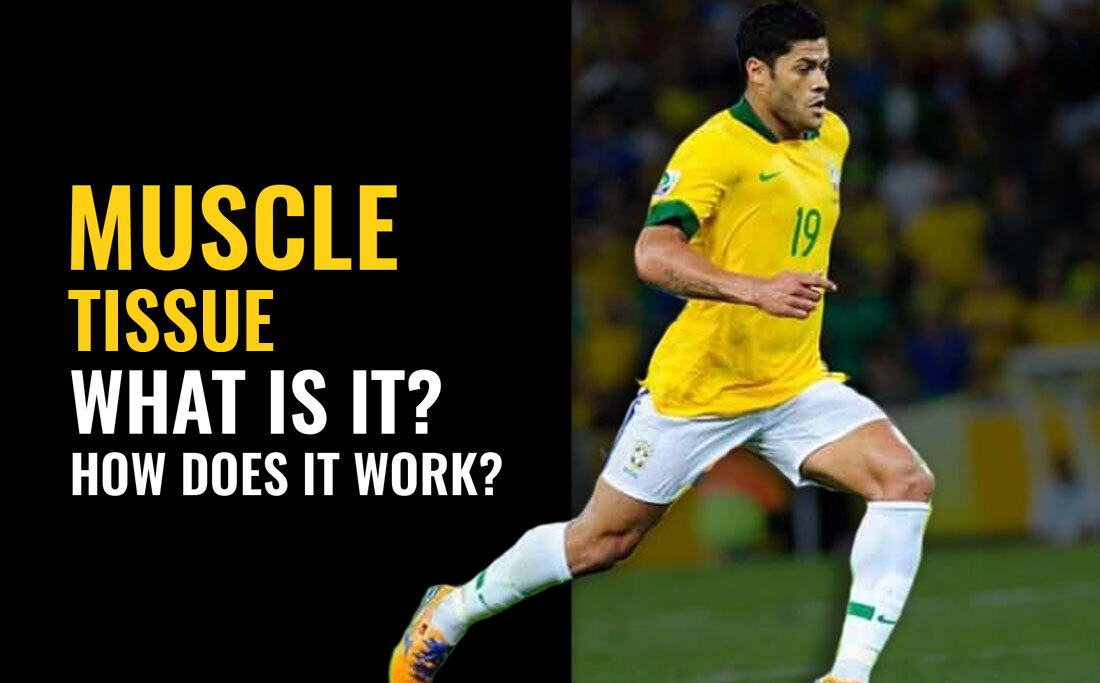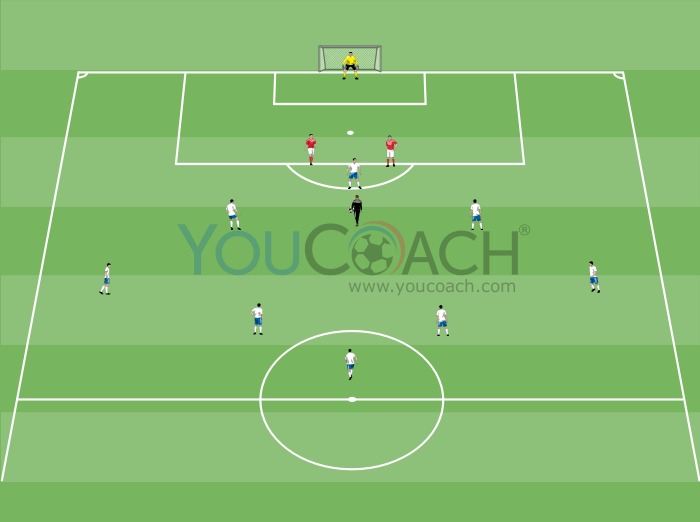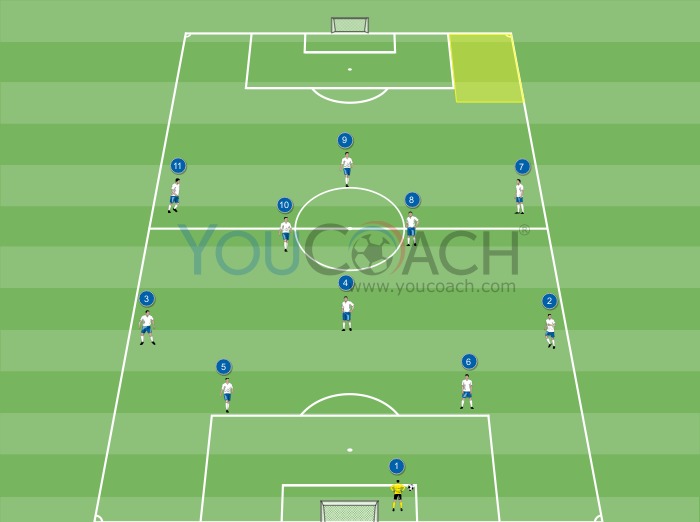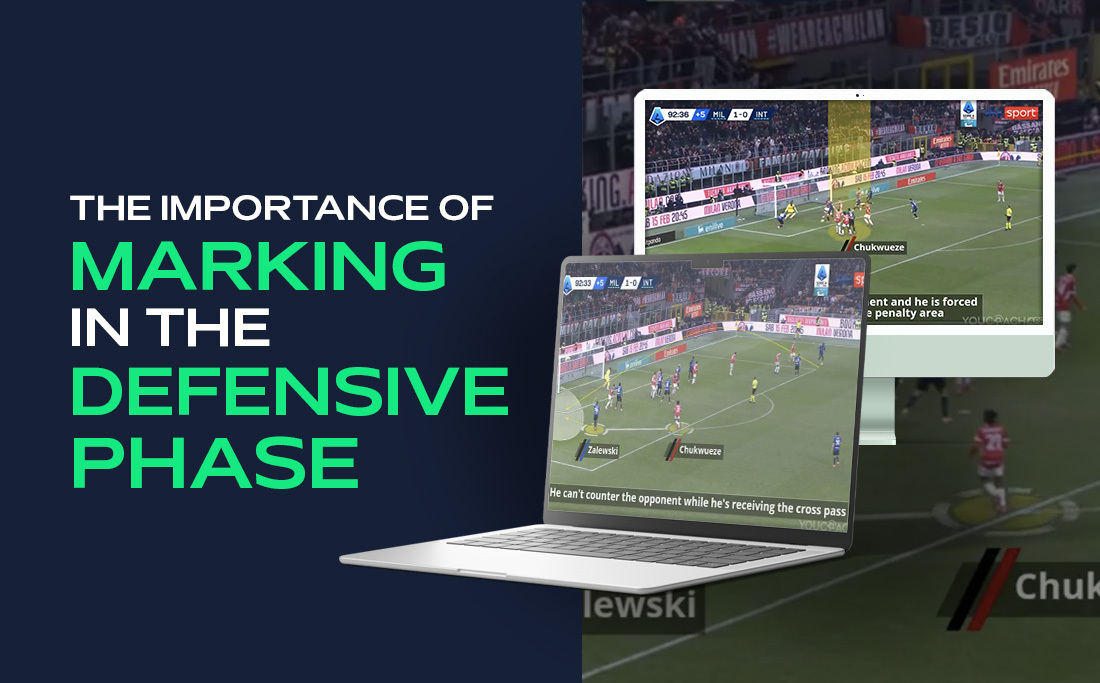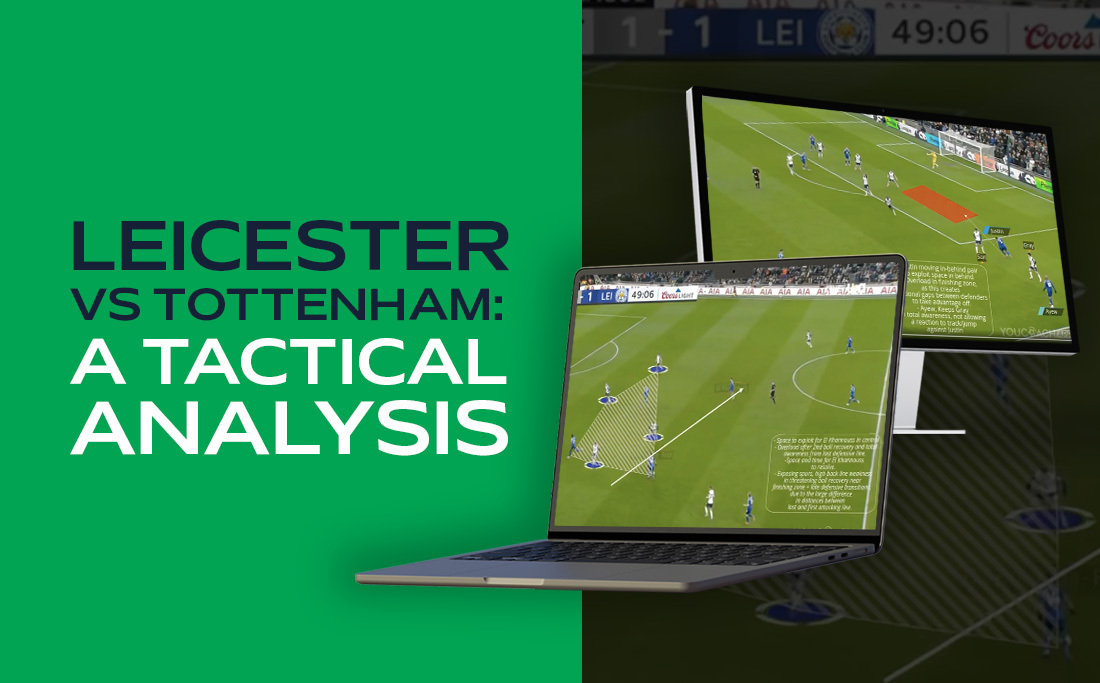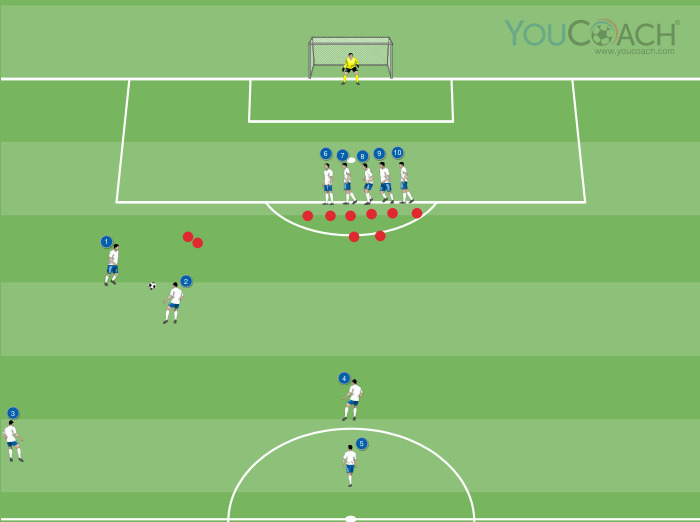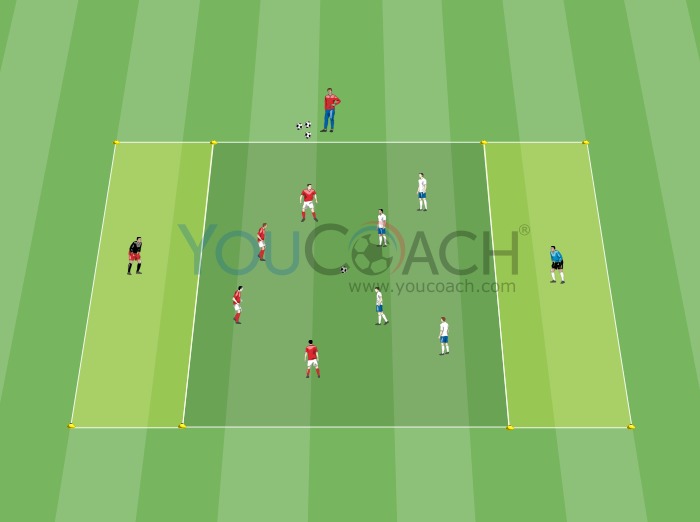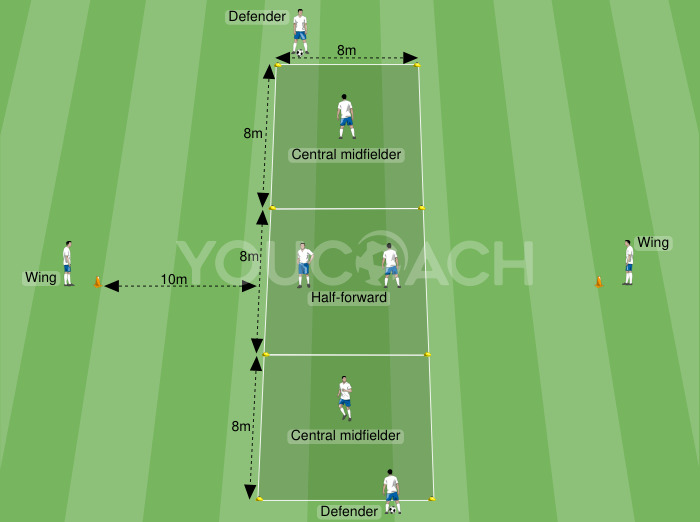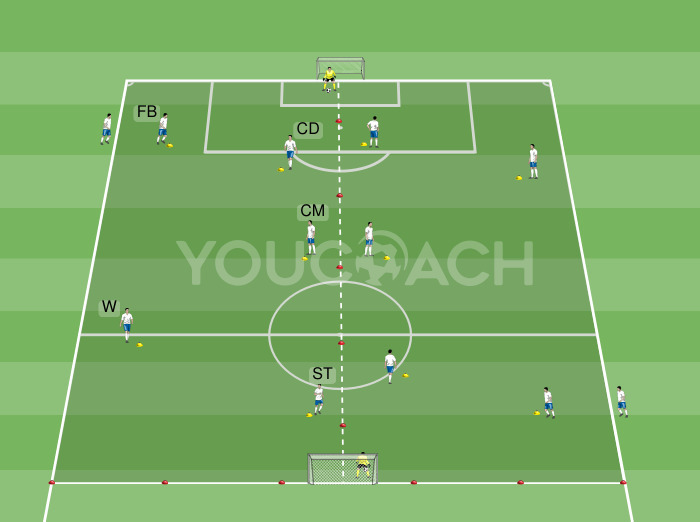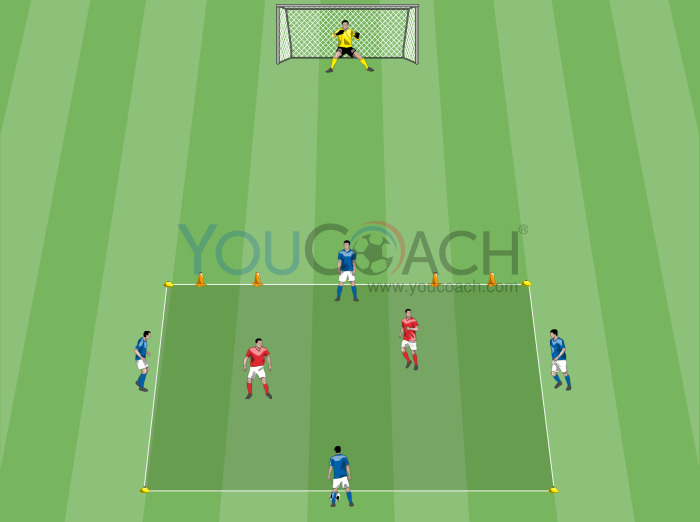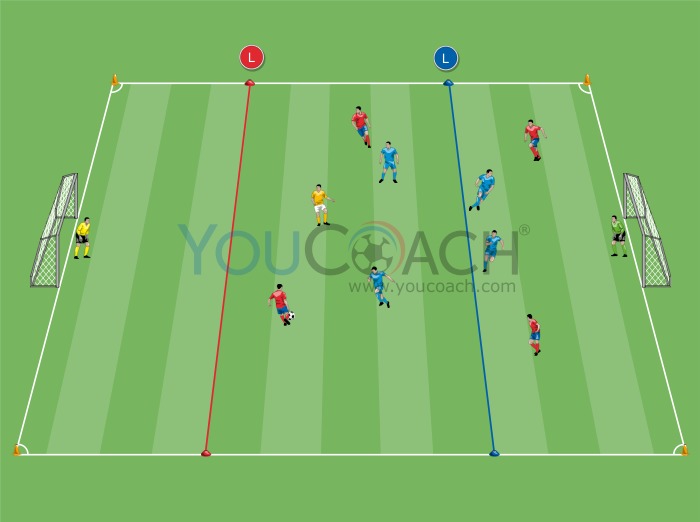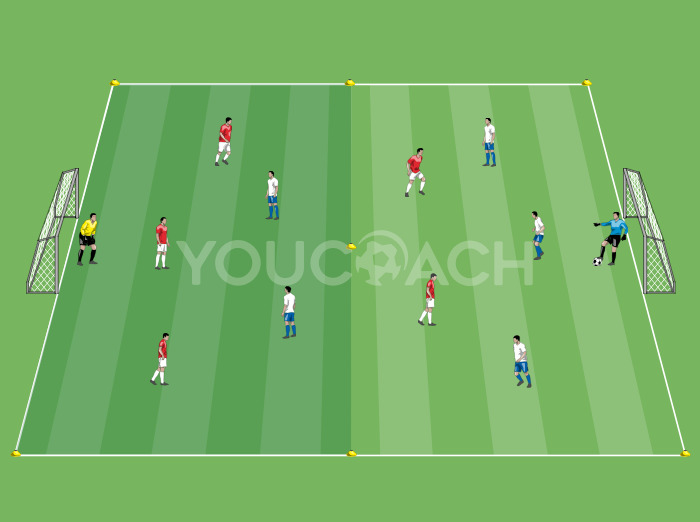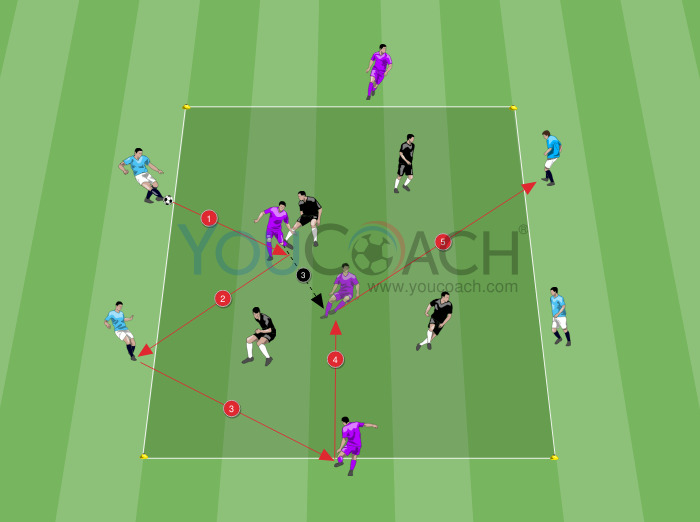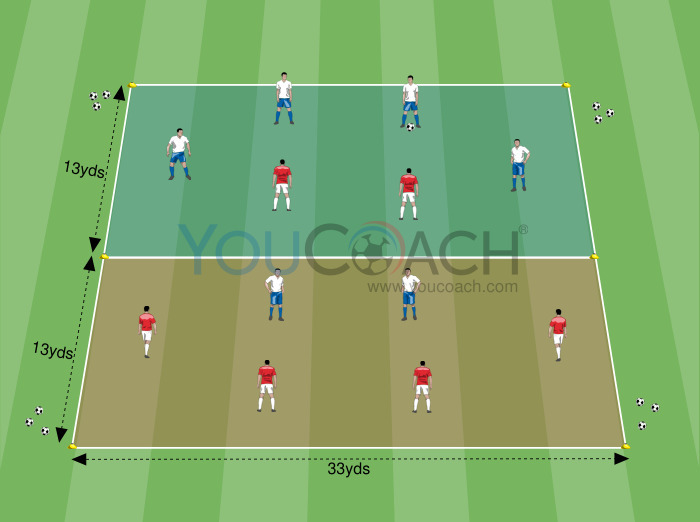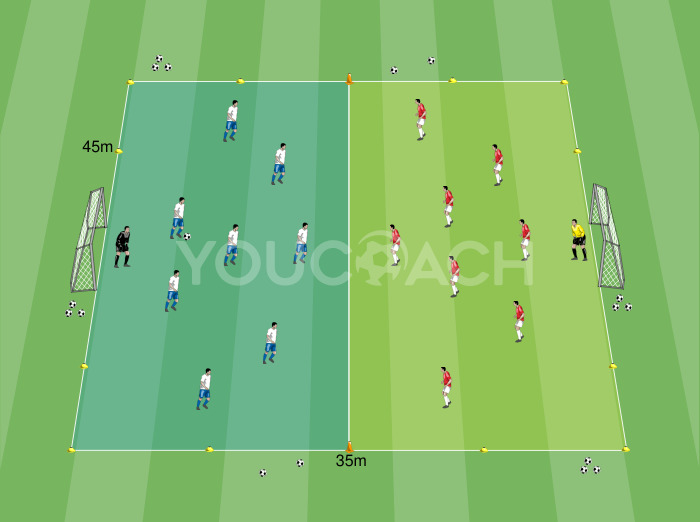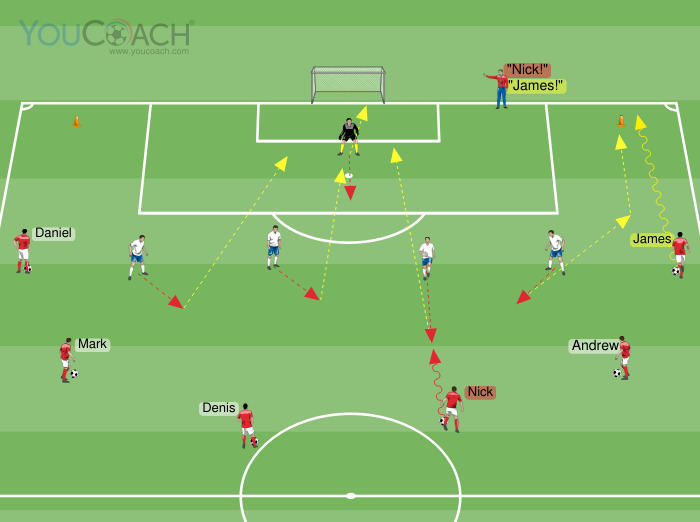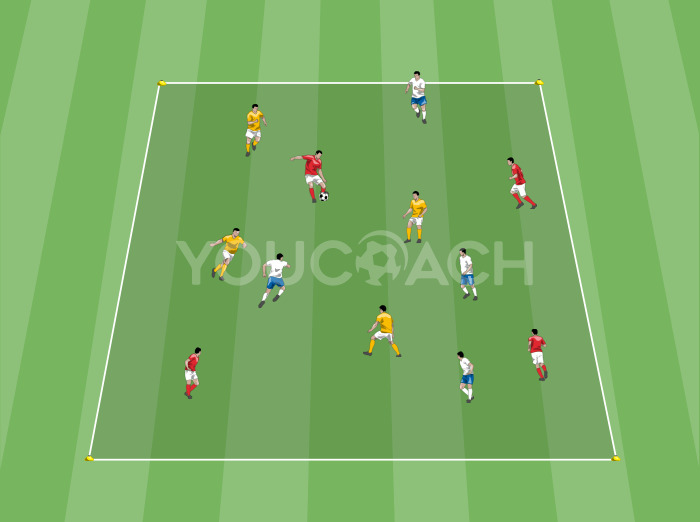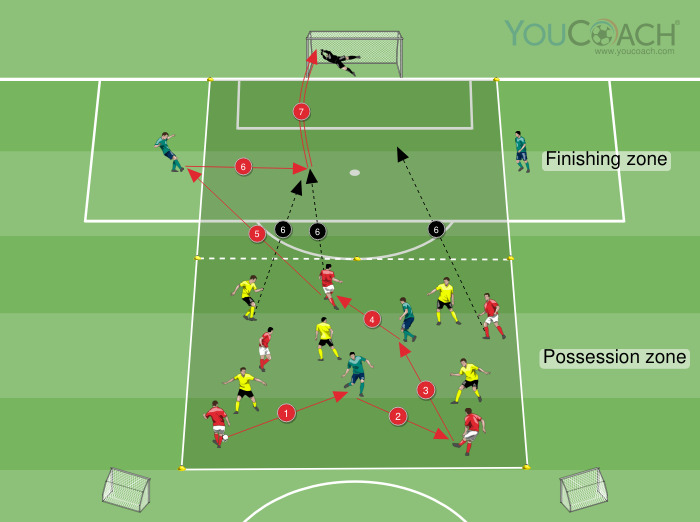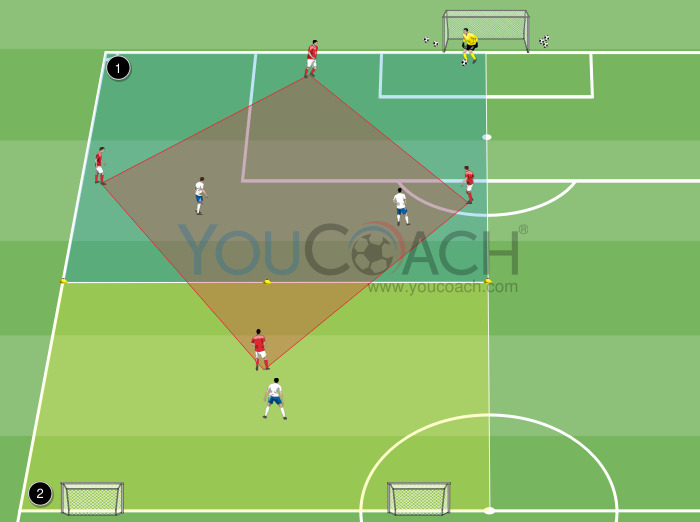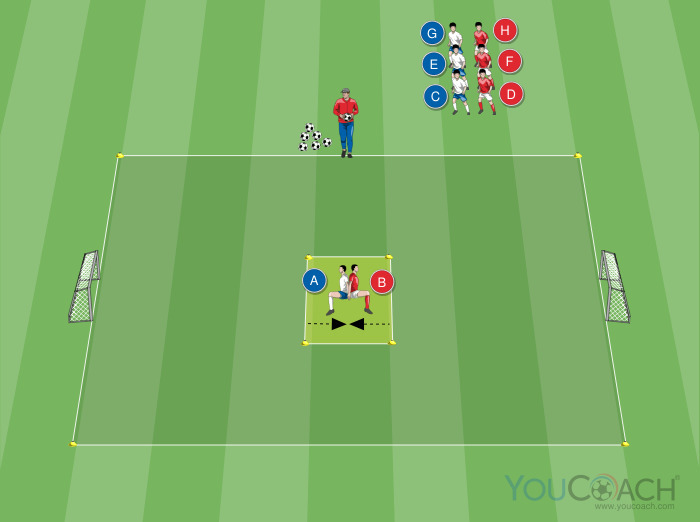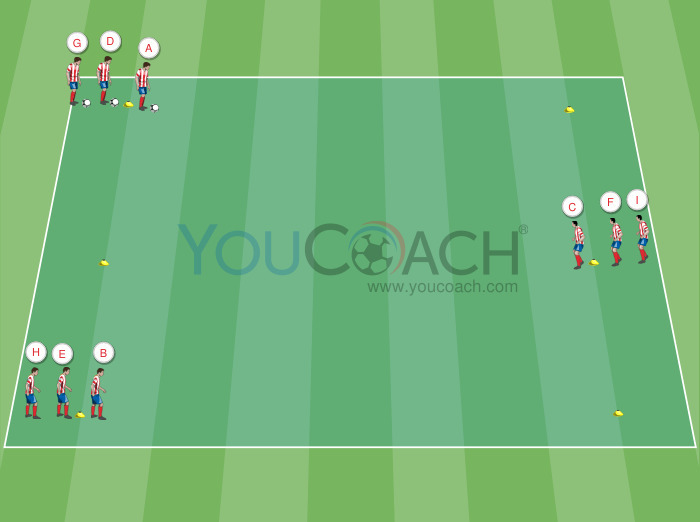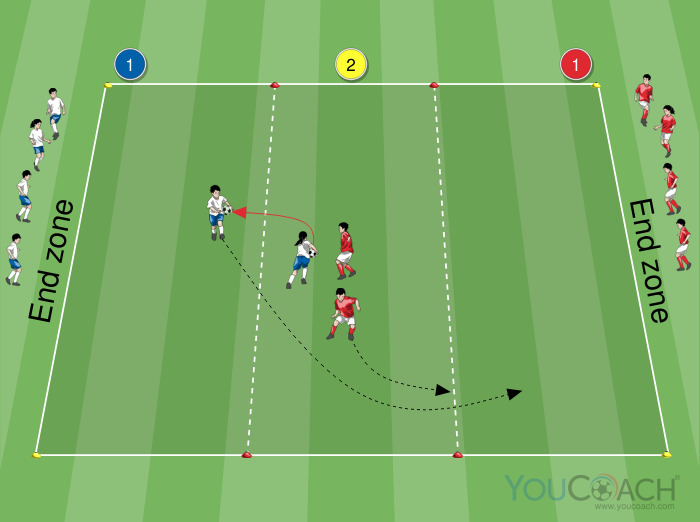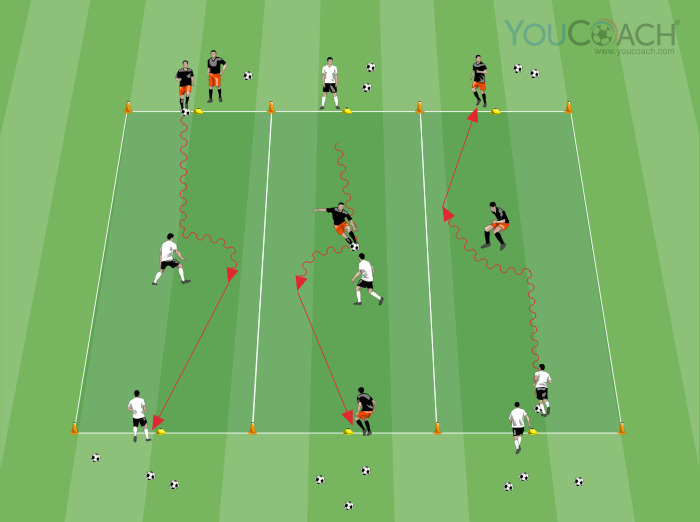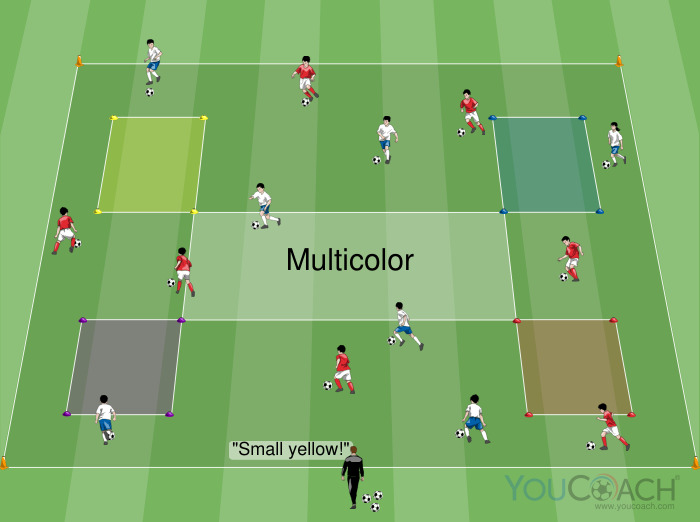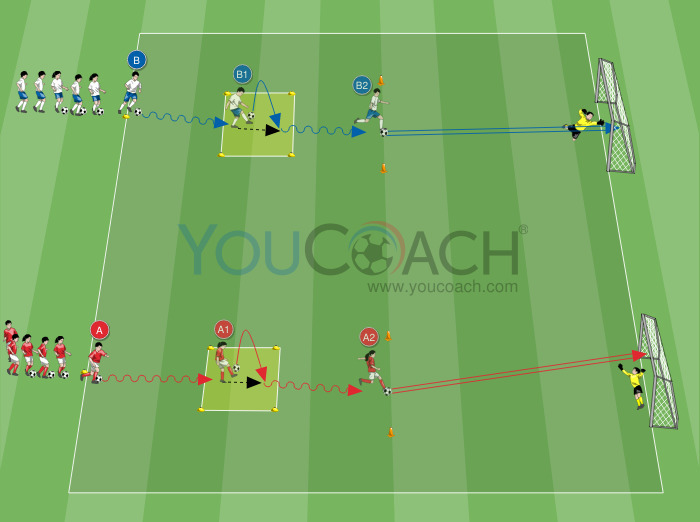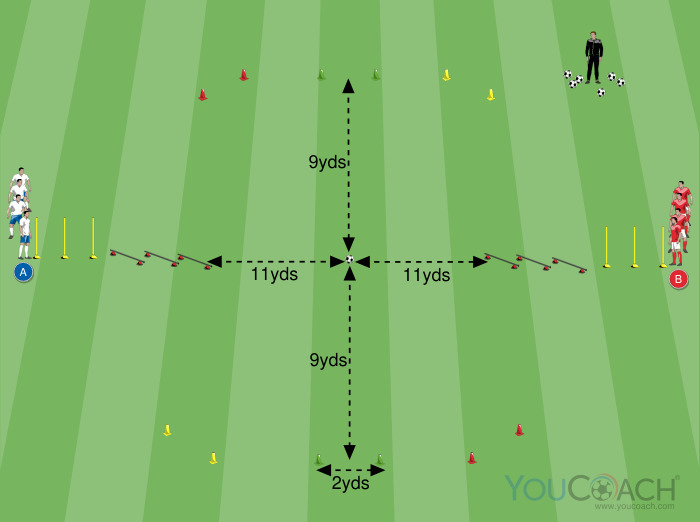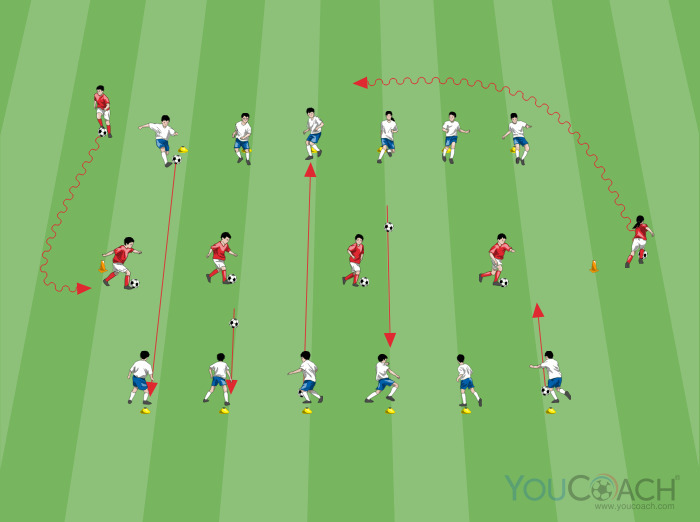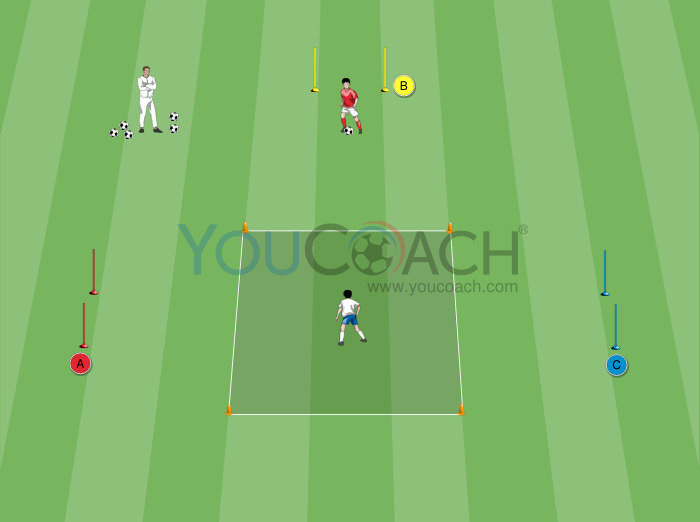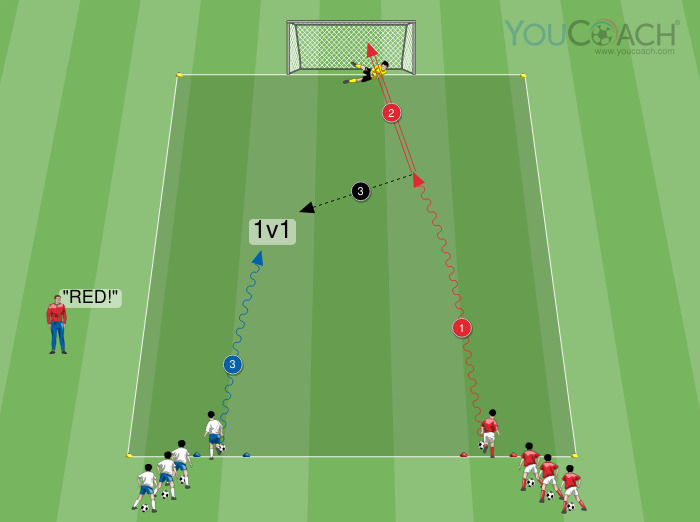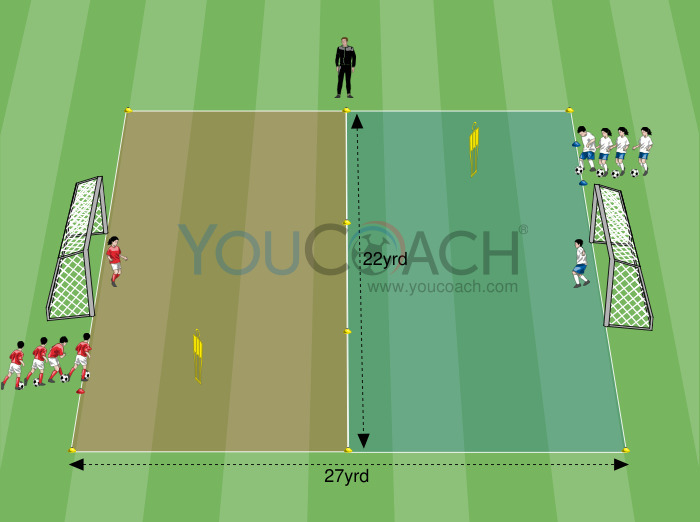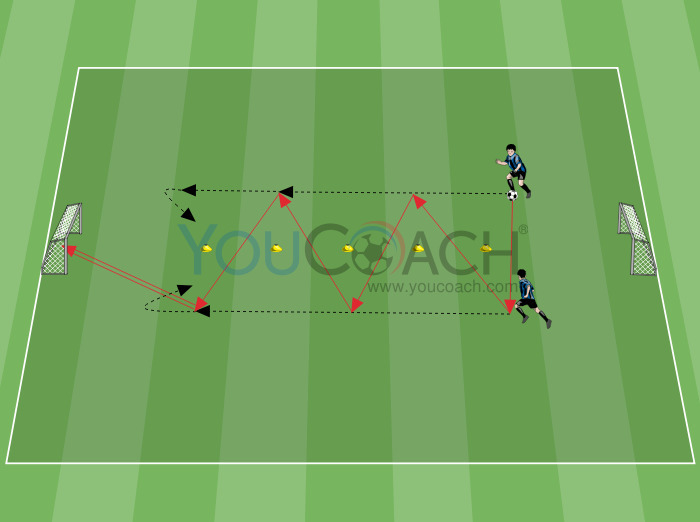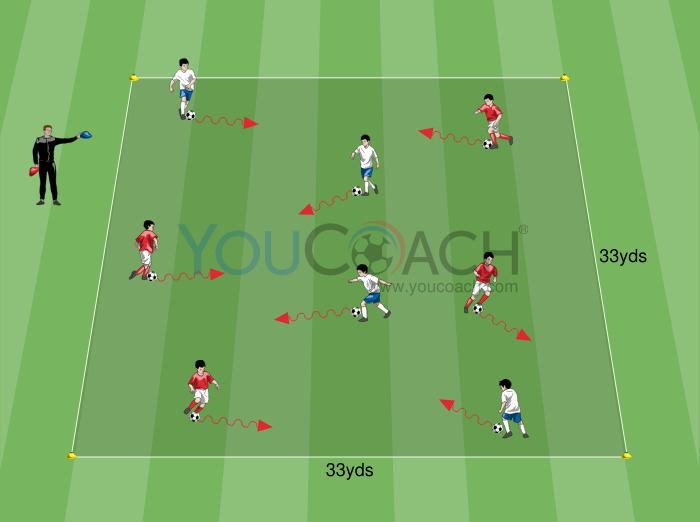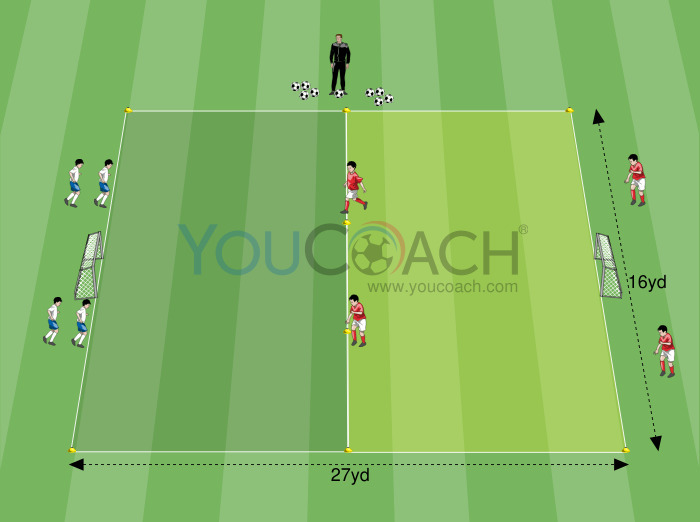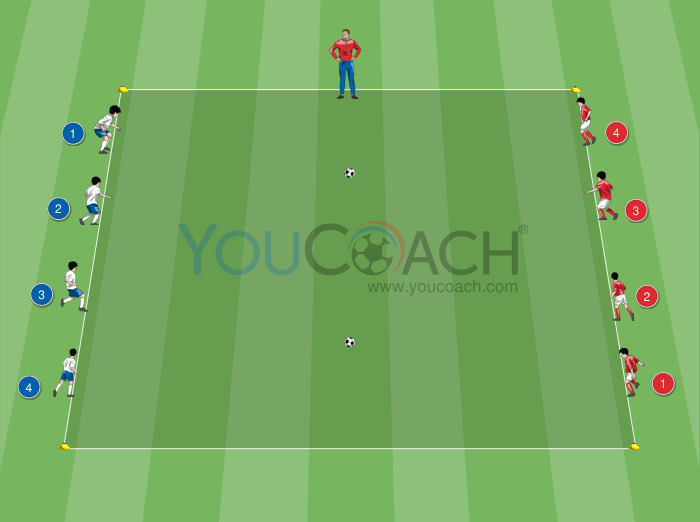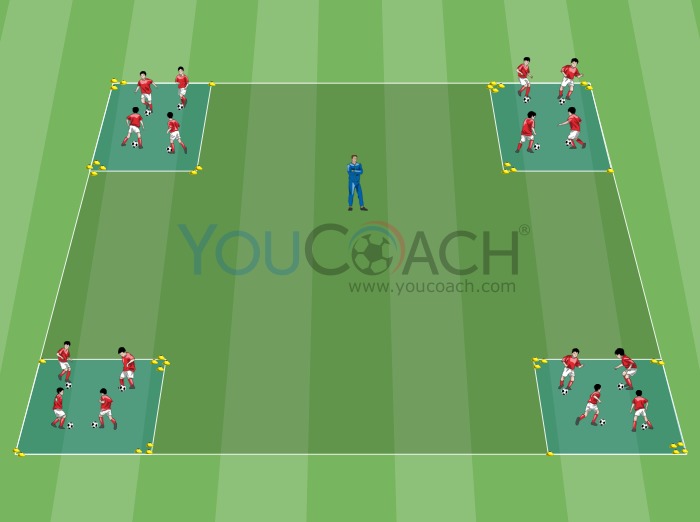Tactical warm-up - Ball possession scoring tries
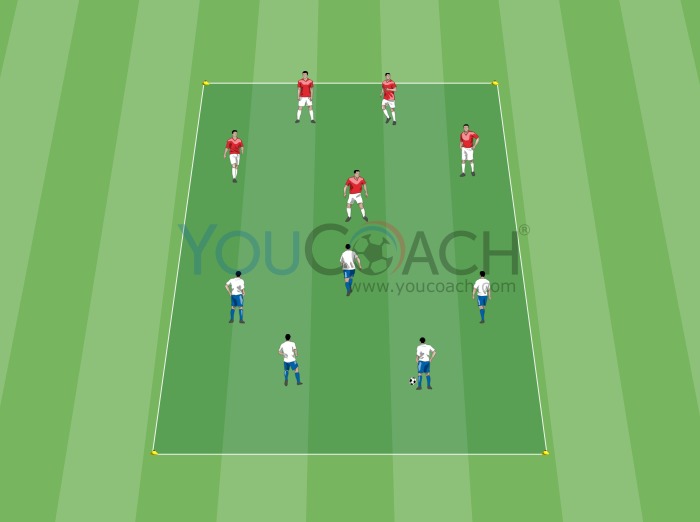
- markers to delimit the playing area
- 5 vests (red in figure)
- Balls
- Playing area of 25x30 yards
- Players: 10
- Duration: 10 minutes
- Number of series: 2 of 4 minutes each + 2 minutes of passive recovery in between series
| Summary | Secondary Objectives |
|---|---|
|
Conditioned game with ball possession to warm-up (before the match) |
Creating space, Possession, Transition, Mark, Passing, Receiving, Intercepting, Tackling, Awareness, Peripheral vision, First touch, Pass, Marking, Intercepting, Tackling, Switching the attack, Mobility, Ball possession, Warm up, Transitions |
Arrange, with markers, a playing area of 25x30 yards using. Divide the players into 2 teams of 5 players each (reds versus whites, as illustrated). Whites play with a 2-3 formation, reds with a 4-1 formation. One of the two teams starts with the ball in possession.
- Let's play a ball possession game 5 vs 5
- The team possessing the ball shall try and keep it as long as they can, gaining one point every time the ball crosses the bottom line of opponents' short side, which we can call 'Try-line' (as in figure).

- No ball-contact restrictions
- After each point, the ball goes to opponents and they start a new play
- Points can be gained either crossing the bottom line carrying the ball or passing it to a team-mate who is inserting beyond the 'Try-line'
- Players can not wait for the ball beyond the bottom line: that is off-side
- Ball-contact restrictions can be given (i.e. max 3 ball-contacts)
- Before scoring a try, the team in ball possession must accomplish at least 3 consecutive passes without bneing intercepted by opponents
- Useful to recall all technical and tactical gestures that will be (later) realized during the match
- Useful to boost cardiovascular and muscular activity
- Useful to activate players, psycologically and phisycally
- Useful to warm up possession triangles, good to avoid an opponent, making him get inside triangles themselves
- Pay attention to negative transition: once the ball is lost, the player nearest to the ball starts pressing his direct opponent, while his mates get closer to their respecitve references
- Take care of distances among players
- Pay attention to body orientation as players receive the ball from a team-mate, it has to be open towards the widest portion of the court
- Encourage players to take counter-movements to unmark and receive the ball
- To push players to move continuously, ask them, when two of them find themselves on the same line (vertically or horizontally) to move and create diagonal passing-lines


